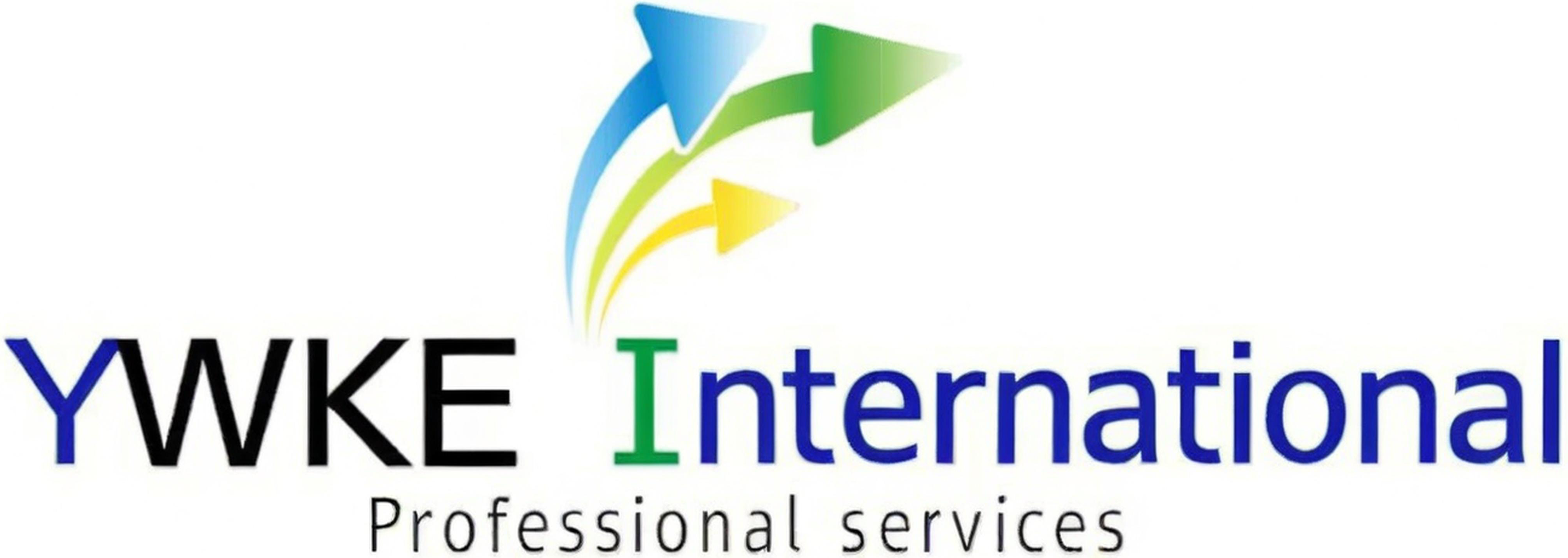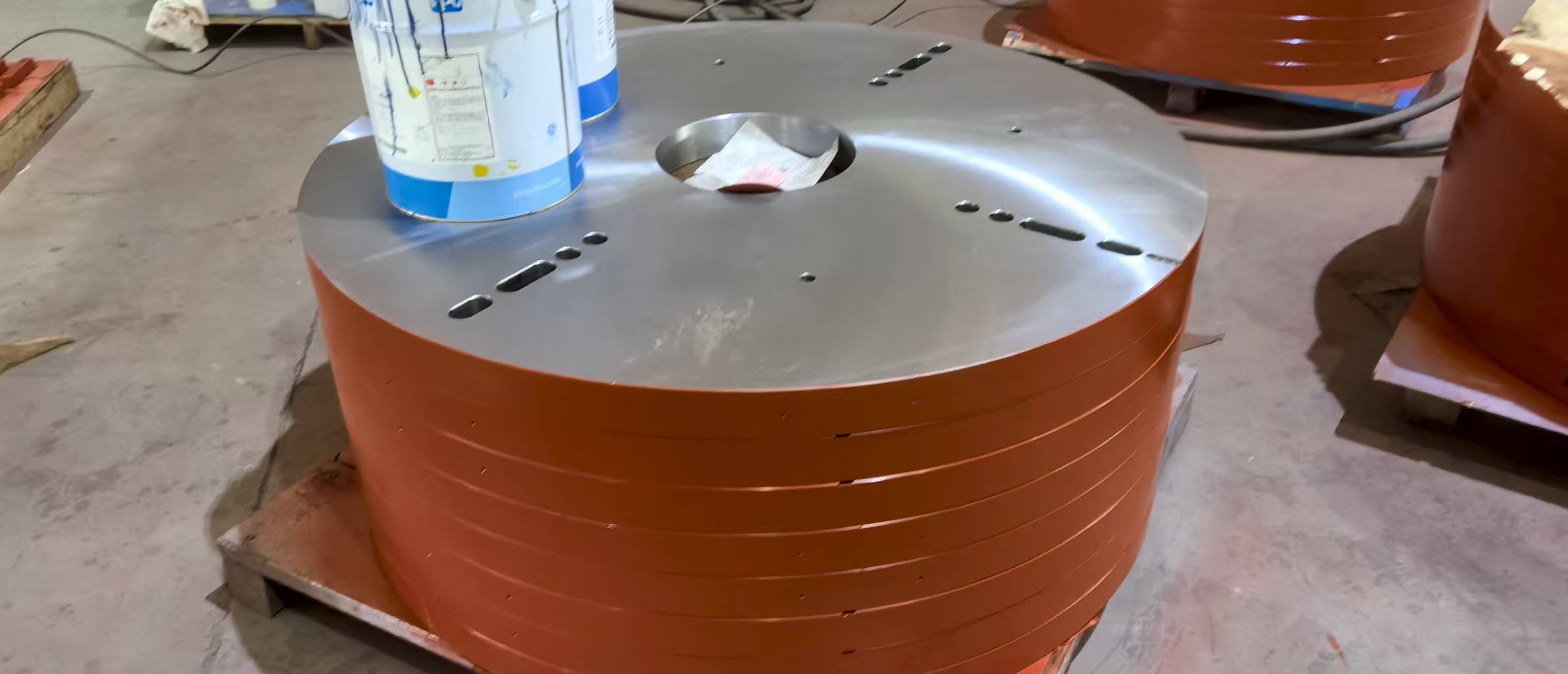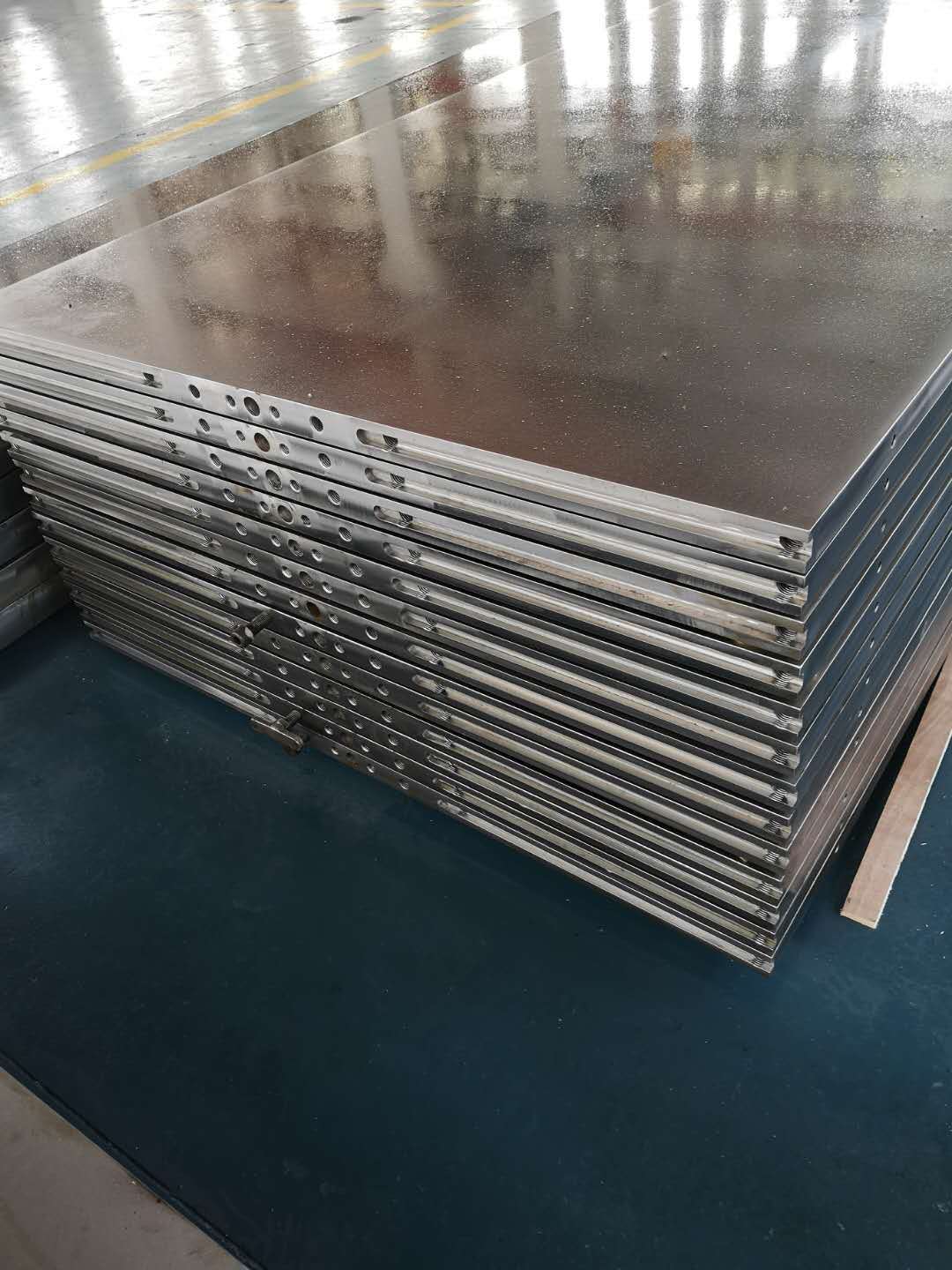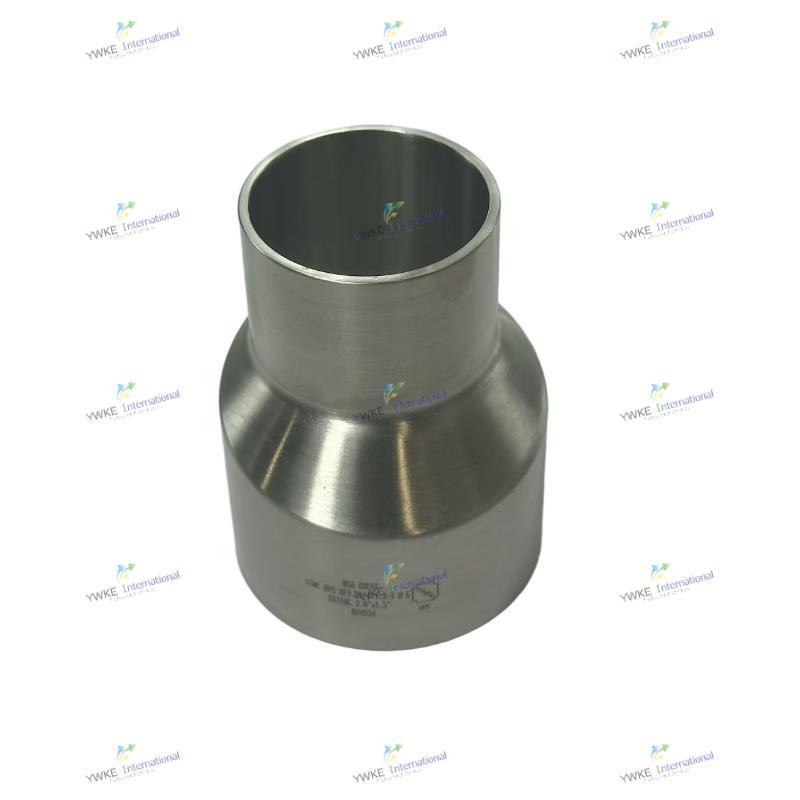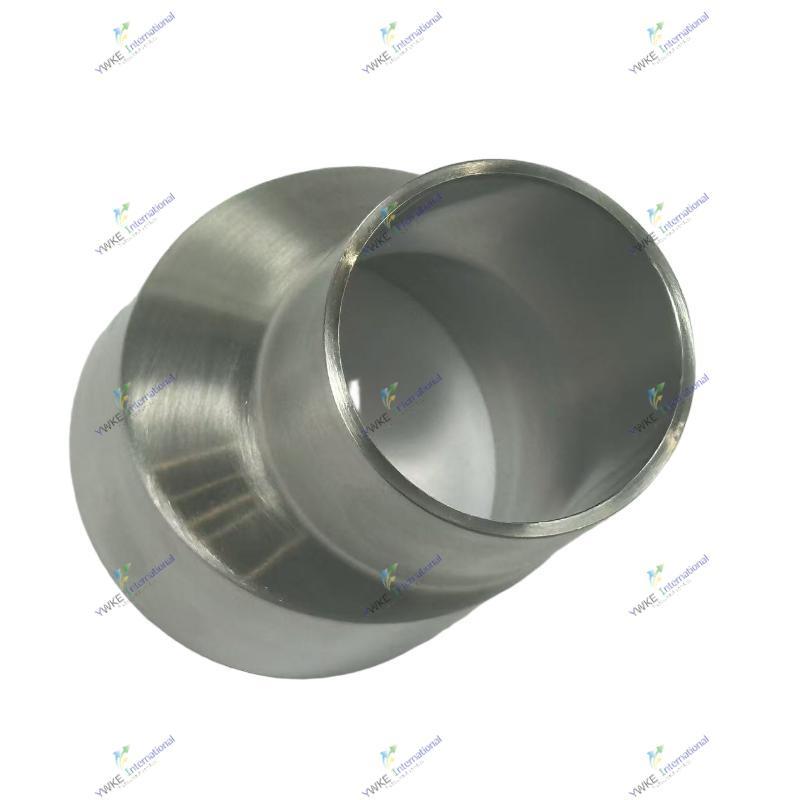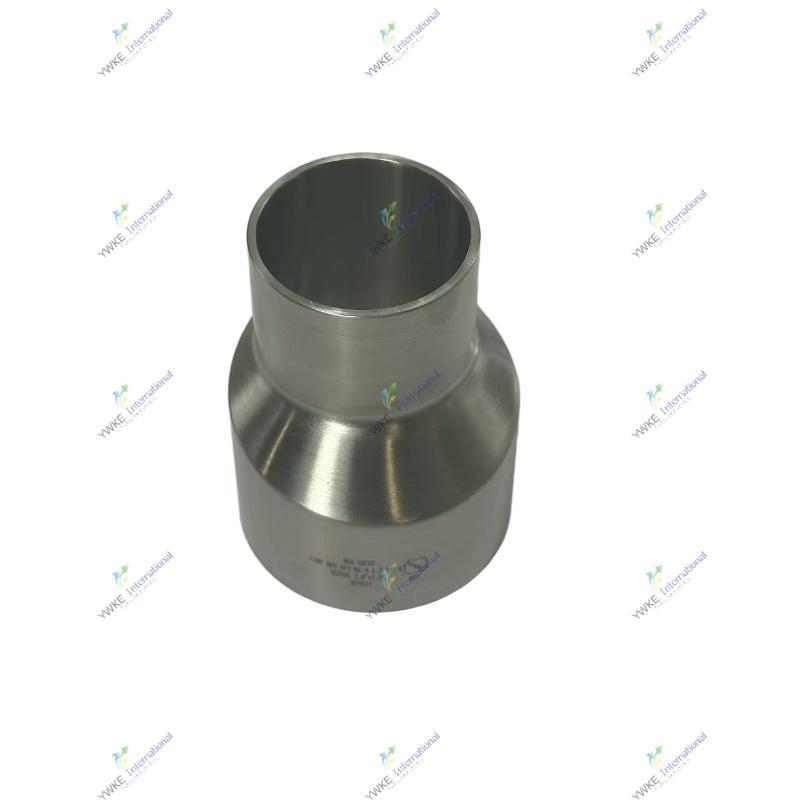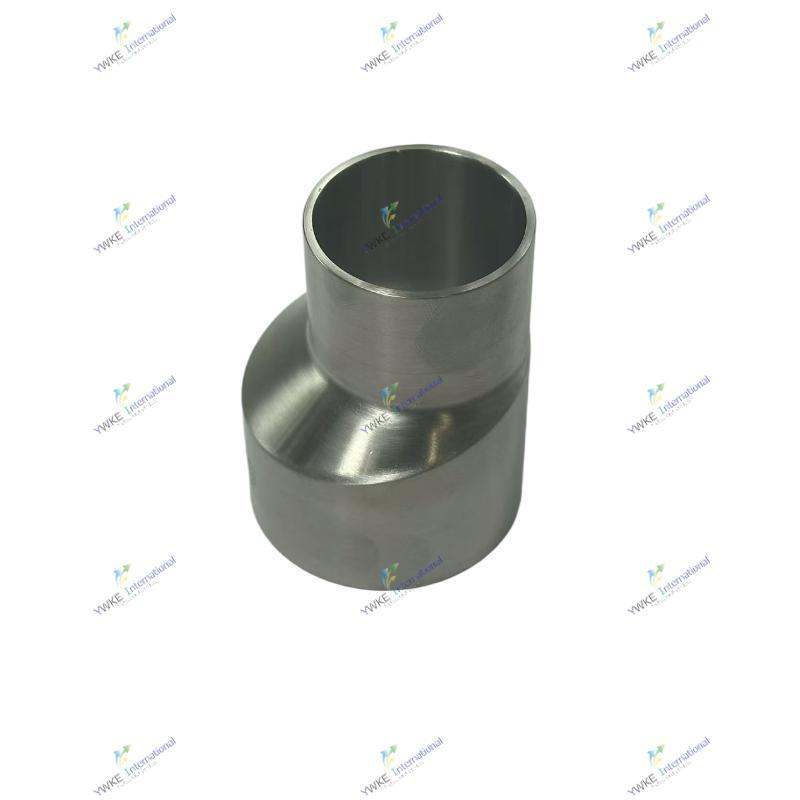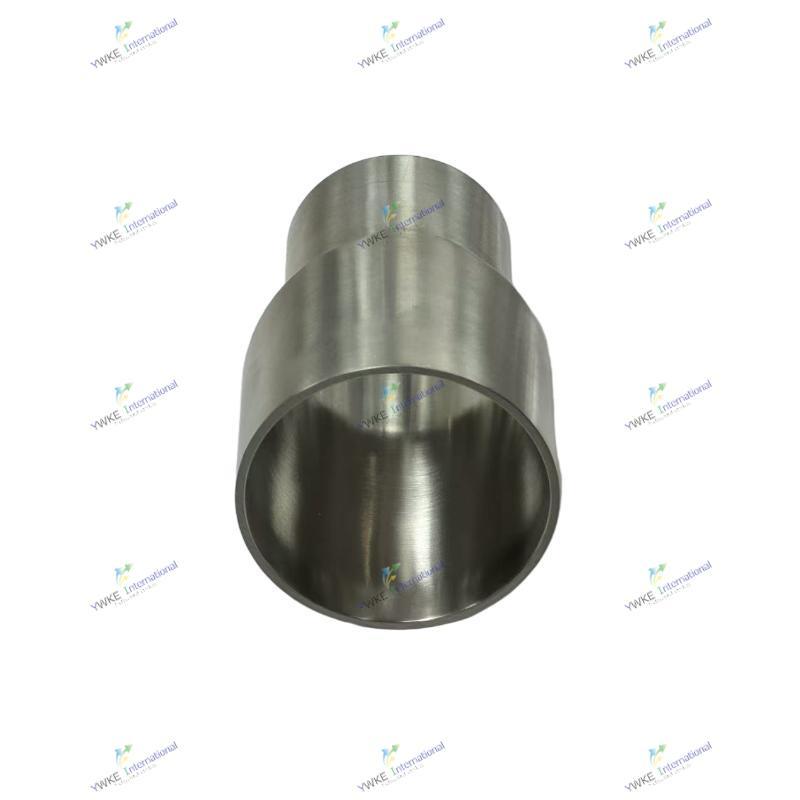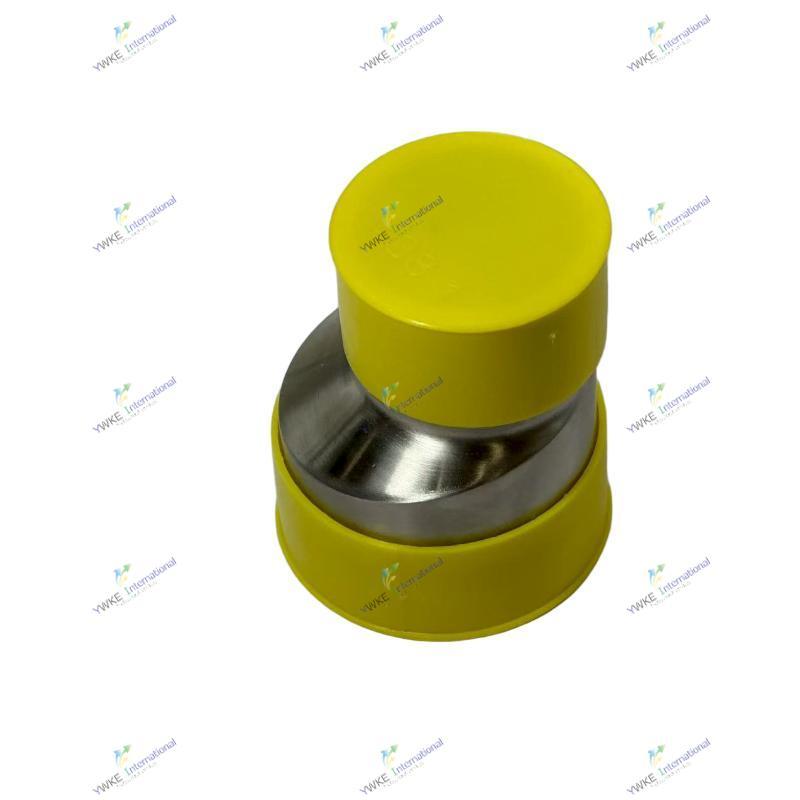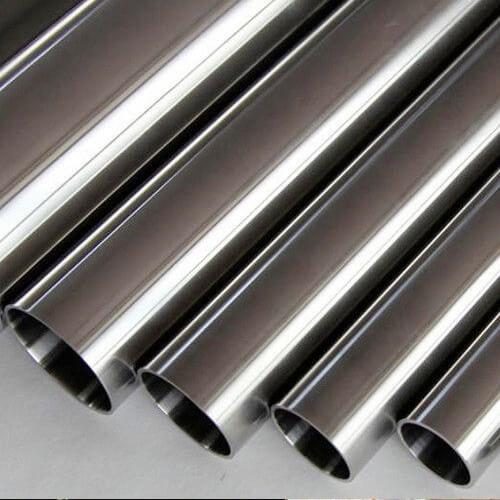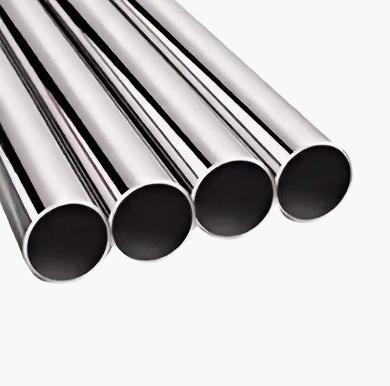Food and Beverage Industry
Applications of Tubing, Fittings, and Valves in the Food and Beverage Industry
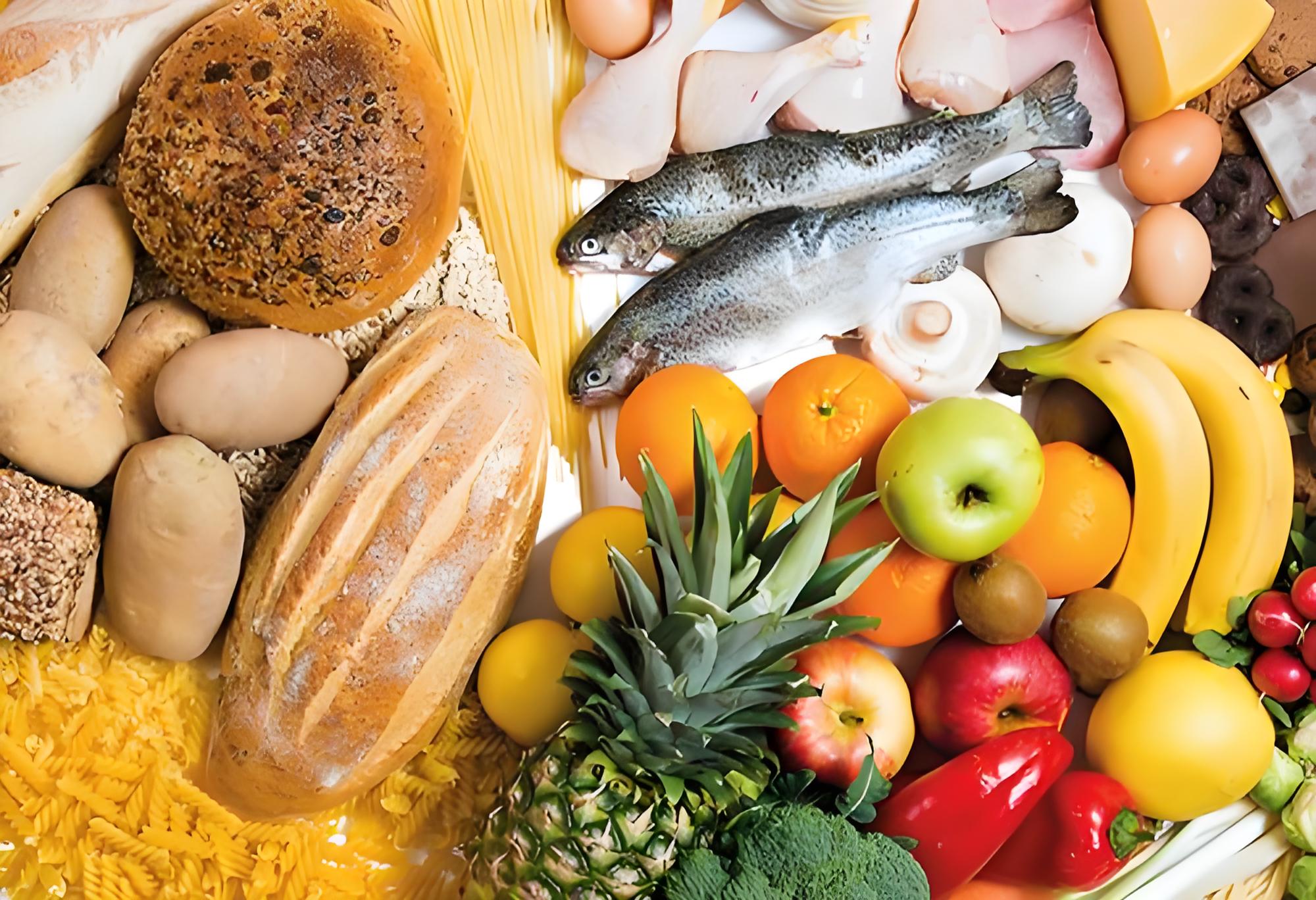
In the food and beverage industry, where product safety, quality, and efficiency are of utmost importance, tubing, fittings, and valves play integral roles in ensuring seamless operations. These components are involved in every stage of the production process, from raw material handling to the final packaging of products.
Tubing
Tubing in the food and beverage industry serves as the vital conduit for the transfer of various substances, including raw ingredients, processed food and beverage products, cleaning agents, and even gases. Given the strict hygiene and safety regulations in this industry, tubing materials are carefully selected.
Materials like FDA - compliant silicone, fluoropolymers such as PTFE (polytetrafluoroethylene), and stainless - steel tubing are widely used. Silicone tubing offers excellent flexibility, making it suitable for applications where the tubing needs to bend or move without cracking. It is also highly resistant to microbial growth and can withstand a wide range of temperatures, which is beneficial in processes such as pasteurization and refrigeration. Fluoropolymer tubing, on the other hand, is known for its chemical inertness, ensuring that it does not react with the substances it transports, thus maintaining product integrity. Stainless - steel tubing is favored for its durability, corrosion resistance, and ease of cleaning, making it ideal for high - pressure and high - temperature applications, such as in steam - based processes.
In a brewery, for example, tubing is used to transfer malted grain slurry, wort, and finished beer. The tubing must be able to handle the abrasive nature of the grain slurry during the mashing process, the high - temperature wort during boiling, and the carbonated beer during fermentation and bottling. In a dairy plant, tubing is used to transport milk from the milking parlors to storage tanks, and then to processing equipment for pasteurization, homogenization, and packaging. The tubing in this case needs to be easily cleanable to prevent the build - up of milk residues, which could lead to bacterial growth and spoilage.
Fittings
Fittings are essential for creating secure and leak - tight connections between tubing and other components in food and beverage equipment. They come in a diverse range of types, each designed to meet specific application requirements. Compression fittings are commonly used as they provide a reliable seal by compressing a ferrule or gasket onto the tubing. Barbed fittings, with their tapered, serrated ends, are suitable for use with flexible tubing and create a tight connection when the tubing is pushed onto the fitting. Quick - connect fittings are highly convenient in applications where frequent disconnection and reconnection are required, such as during equipment maintenance or when changing production lines.
All fittings in the food and beverage industry must be made from materials that are non - toxic, corrosion - resistant, and easy to clean. Stainless - steel fittings are a popular choice due to their durability and ability to withstand harsh cleaning agents. In addition, they can be designed with smooth surfaces to prevent the accumulation of food particles and bacteria, which is crucial for maintaining hygienic conditions.
For instance, in a juice - making facility, fittings are used to connect the tubing that transports freshly squeezed juice from the fruit - pressing machines to the filtration and packaging equipment. Any leakage at these connections could result in product loss and potential contamination. In a food - processing plant that manufactures ready - to - eat meals, fittings are used in the piping systems for transporting sauces, seasonings, and cooked ingredients. The fittings need to be able to withstand the high - viscosity nature of some of these substances and still maintain a secure connection.
Valves
Valves are responsible for controlling the flow, pressure, and direction of fluids in the food and beverage production process. They play a critical role in ensuring that operations run smoothly and efficiently, while also maintaining product quality and safety.
There are various types of valves used in this industry. Ball valves are popular for their quick - opening and closing action, which allows for precise flow control. They are often used in applications where a tight shut - off is required, such as in the transfer of high - value ingredients or in processes where preventing cross - contamination is crucial. Butterfly valves are another common type, known for their simple design and low - cost. They are suitable for applications where a large - diameter flow path is needed, such as in the transfer of bulk liquids like water or syrup. Check valves are essential for preventing backflow, which could lead to contamination or disruption of the production process. For example, in a carbonated beverage production line, check valves are used to prevent the carbon dioxide gas from flowing back into the liquid supply, ensuring the proper carbonation levels in the final product.
In a bakery, valves are used to control the flow of ingredients such as flour, sugar, and water into the mixing bowls. They can also be used to regulate the steam flow in ovens for baking. In a soft - drink bottling plant, valves are used to control the filling of bottles with the carbonated beverage, ensuring that each bottle is filled to the correct level. Additionally, in cleaning - in - place (CIP) and sterilization - in - place (SIP) systems, valves are used to direct the flow of cleaning and sterilizing agents throughout the equipment, ensuring that all parts are thoroughly cleaned and sanitized to meet strict hygiene standards.
In conclusion, tubing, fittings, and valves are indispensable components in the food and beverage industry. Their proper selection, installation, and maintenance are crucial for ensuring the safe and efficient production of high - quality food and beverage products that meet the strict regulatory requirements of the industry.
RELATED PRODUCTS
